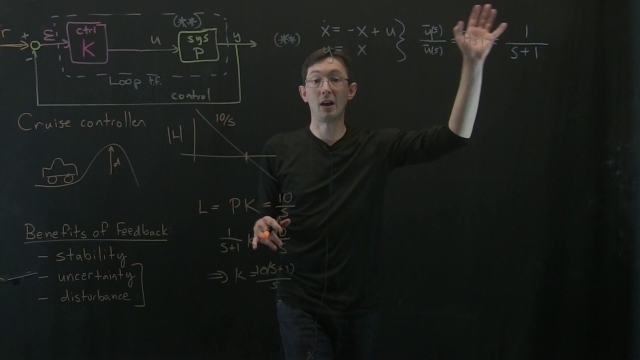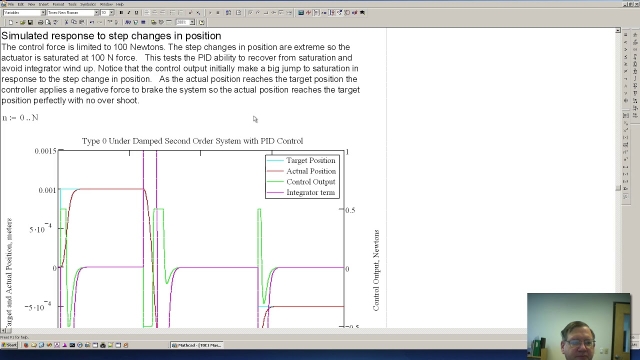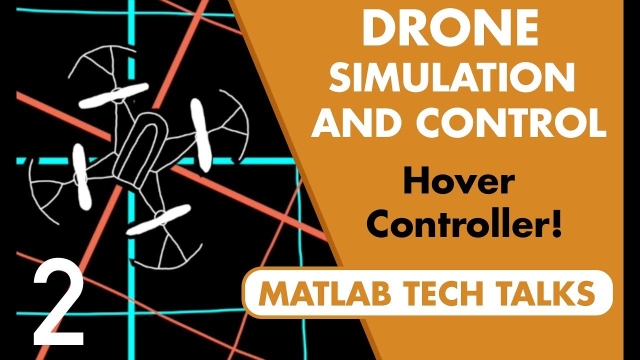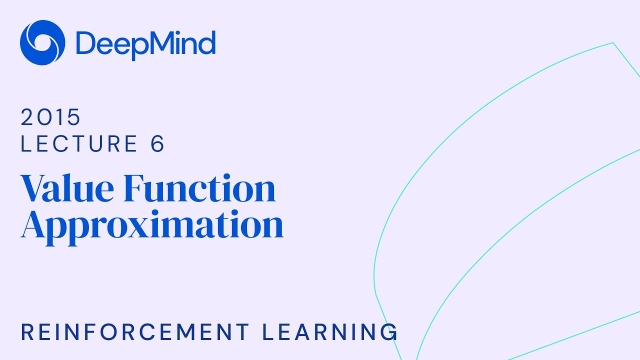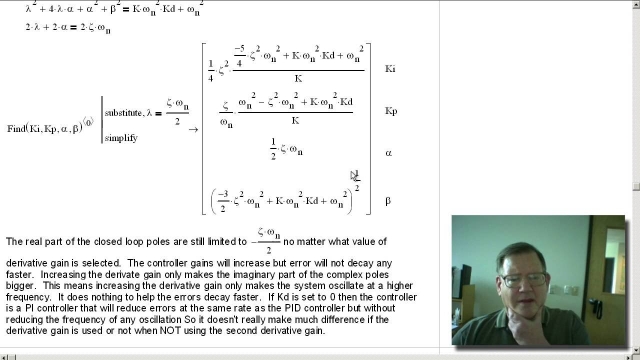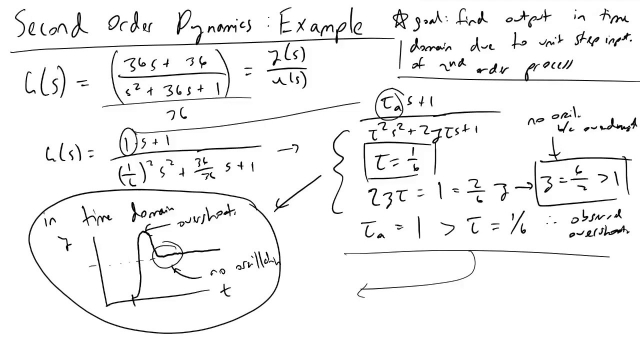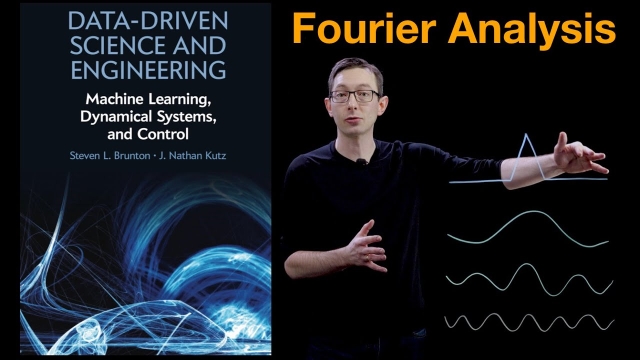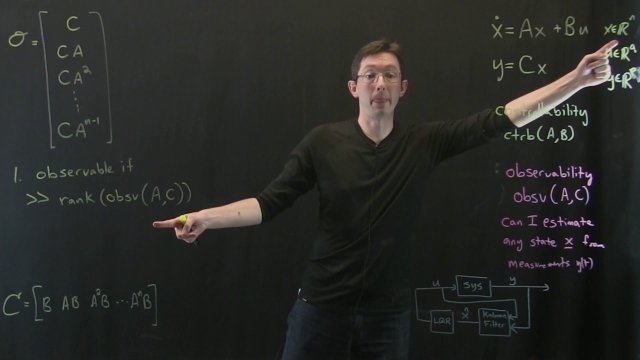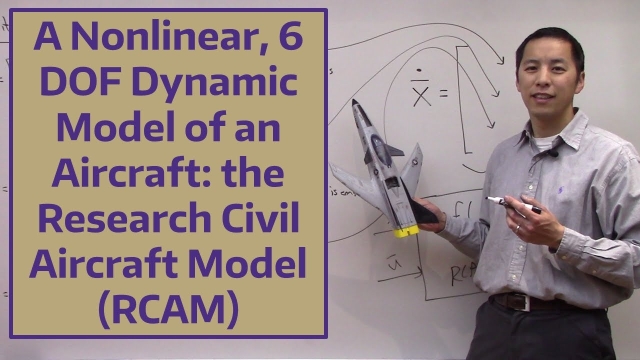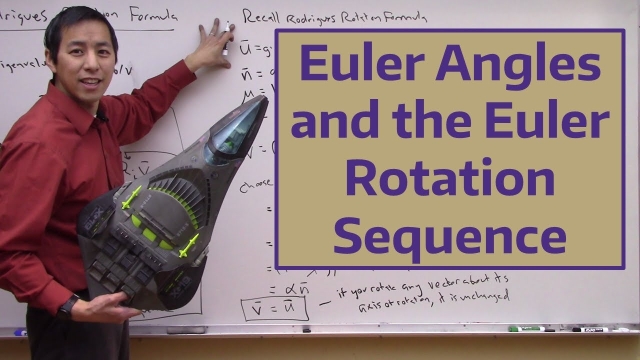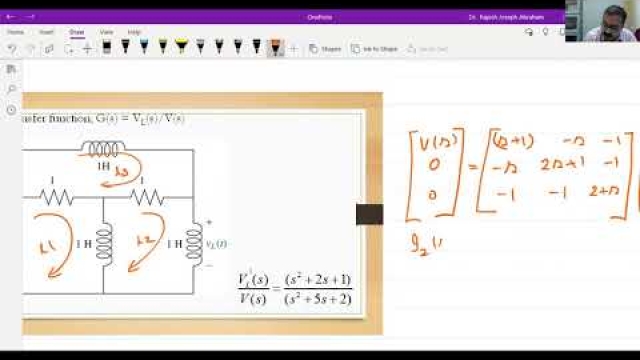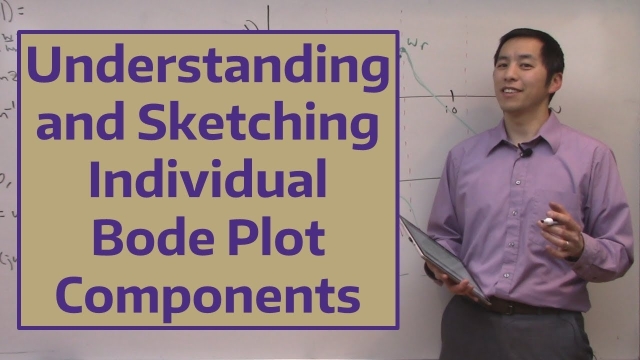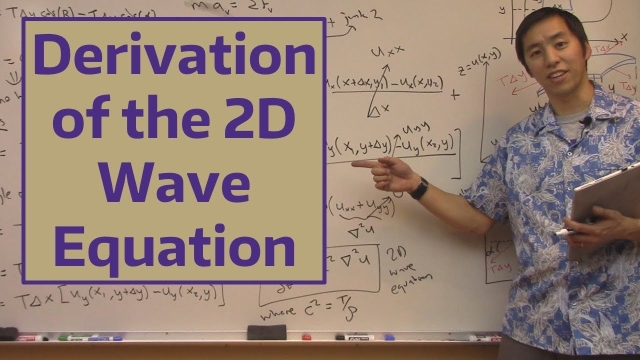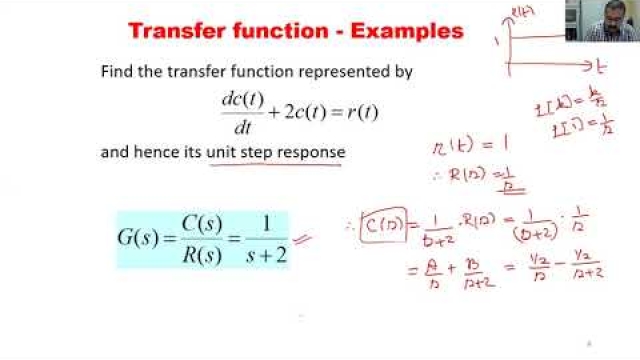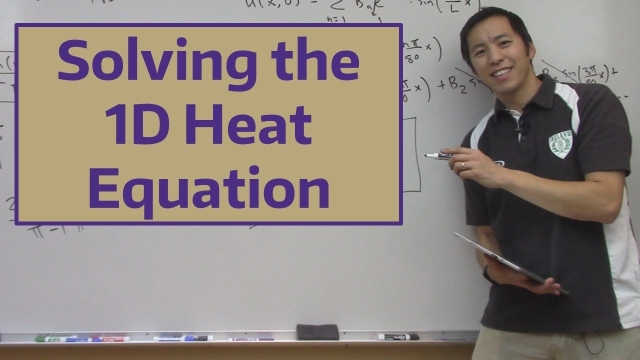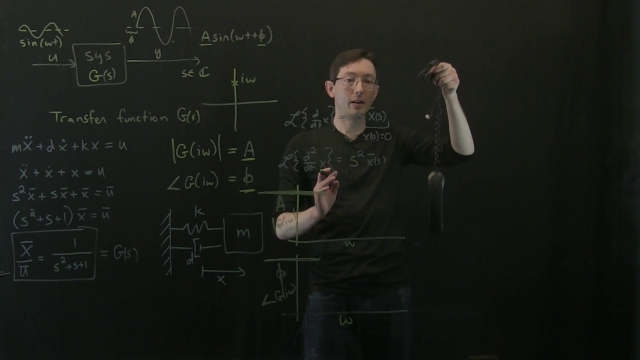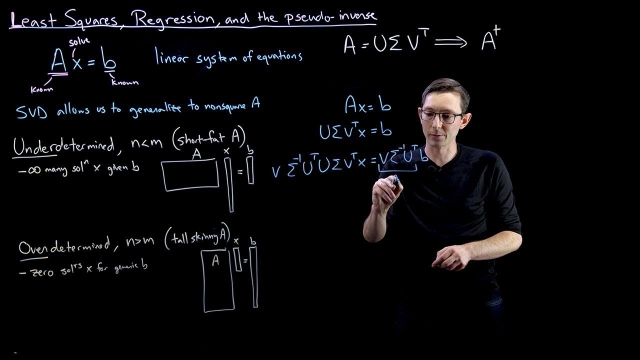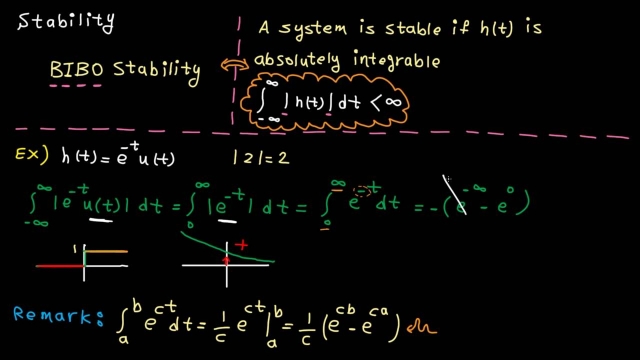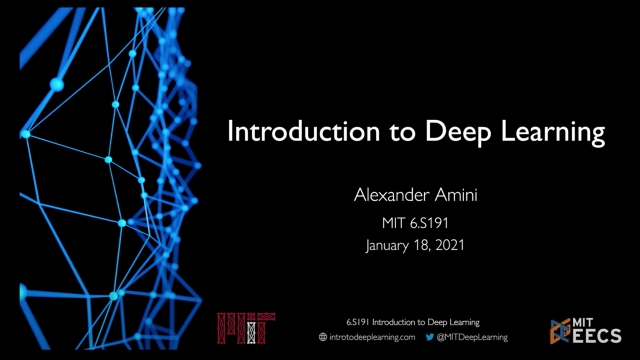
Control Bootcamp: Loop Shaping Example for Cruise Control
This video demonstrates loop shaping on the cruise control model.
See MoreStanford CS234: Reinforcement Learning | Winter 2019 | Lecture 2 - Given a M...
Professor Emma Brunskill
Assistant Professor, Computer Science
Stanford AI for Human Impact Lab
Stanford Artificial Intelligence Lab
Statistical Machine Learning Group
Peter Ponders PID - Controlling an Under Damp Mass and Spring System
Demonstrates:How to calculate the PID gains. The importance of the derivative gain. How to simulate the mass and spring systemControl limitations based on s...
See MoreFinding Transfer Functions from Response Graphs
Given a system response to a unit step change, in this video I'll cover how we can derive the transfer function so we can predict how our system will respond...
See MoreDrone Simulation and Control, Part 2: How Do You Get a Drone to Hover?
In the last video, we showed we can manipulate the four motors of a quadcopter to maneuver it in 3D space by getting it to roll, pitch, yaw, and change its thrust. We also covered the four...
See MoreRL Course by David Silver - Lecture 6: Value Function Approximation
A deep dive into incremental methods and batch methods of value function approximation.
See MorePeter Ponders PID - Why PID with 2nd Derivative Gain?
If you have ever tuned a hydraulic system and wondered why PID control didn't work better than PI control the answer is here. Since the 1980s people have kn...
See MoreSecond Order Dynamics Example
How will a second order process respond in the time domain when subjected to a unit step input? What other behaviors can we expect to see and why? Tune in to...
See MoreFourier Analysis: Overview
This video presents an overview of the Fourier Transform, which is one of the most important transformations in all of mathematical physics and engineering. This series will introduce the...
See MoreControl Bootcamp: Observability
This video explores the observability of a linear system, namely the ability to estimate the full state "x(t)" from a time-history of limited output measurements "y(t)".
See MoreLecture 4: Electromechanical system Transfer functions and Analogous circuit...
A Nonlinear, 6 DOF Dynamic Model of an Aircraft: the Research Civil Aircraft...
In this video we develop a dynamic model of an aircraft by describing forces and moments generated by aerodynamic, propulsion, and gravity that act on the ai...
See MoreEuler Angles and the Euler Rotation Sequence
In this video we discuss how Euler angles are used to define the relative orientation of one coordinate frame to another.Topics and Timestamps:0:00 – Introd...
See MoreLecture 3: Electrical and Mechanical System Transfer Functions
Control Bootcamp: Sensitivity and Complementary Sensitivity (Part 2)
Here we explore the sensitivity and complementary sensitivity functions, which are critical in understanding robustness and performance. (Part 2)
See MoreUnderstanding and Sketching Individual Bode Plot Components
In this video we illustrate how 7 types of simple transfer functions contribute to a bode plot. We refer to these as ‘components’ and will cover the followi...
See MoreLecture 7: More on Signal Flow Graphs and Block Diagram Reduction
Lectures on Adaptive Control and Learning by Tansel Yucelen
A serie of lectures on the topic of adaptive controllers.
See MoreDerivation of the 2D Wave Equation
In this video we derive the 2D wave equation. This partial differential equation governs the motion of waves in a plane and is applicable for thin vibrating...
See MoreLecture 8: More on Transfer Functions
Solving the 1D Heat Equation
In this video we simplify the general heat equation to look at only a single spatial variable, thereby obtaining the 1D heat equation. We solving the result...
See MoreControl Bootcamp: Example Frequency Response (Bode Plot) for Spring-Mass-Da...
This video shows how to compute and interpret the Bode plot for a simple spring-mass-damper system.
See MoreLinear Systems of Equations, Least Squares Regression, Pseudoinverse
This video describes how the SVD can be used to solve linear systems of equations. In particular, it is possible to solve nonsquare systems (overdetermined or underdetermined) via least...
See MoreTime domain - tutorial 11: system properties from impulse response
In this video, we learn how to find system properties from the impulse response. Specifically, memoryless, causal, stable and invertible systems will be ful...
See MoreMIT 6.S191: Introduction to Deep Learning
MIT's introductory course on deep learning methods with applications to computer vision, natural language processing, biology, and more! Students will gain foundational knowledge of deep...
See More
